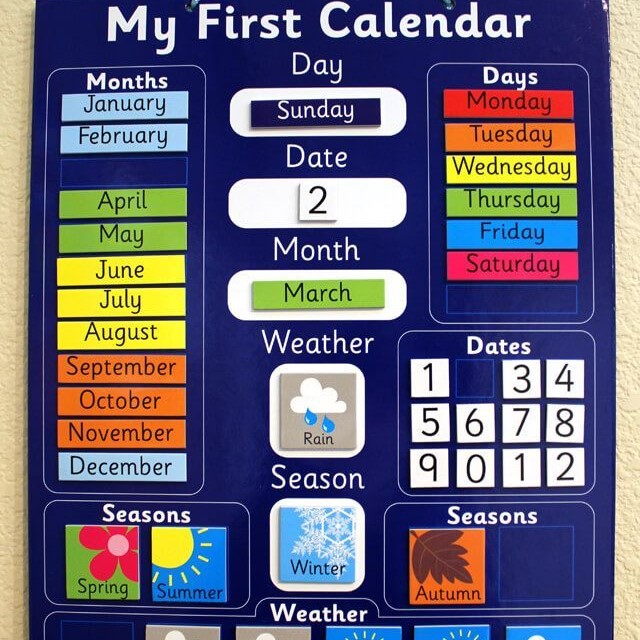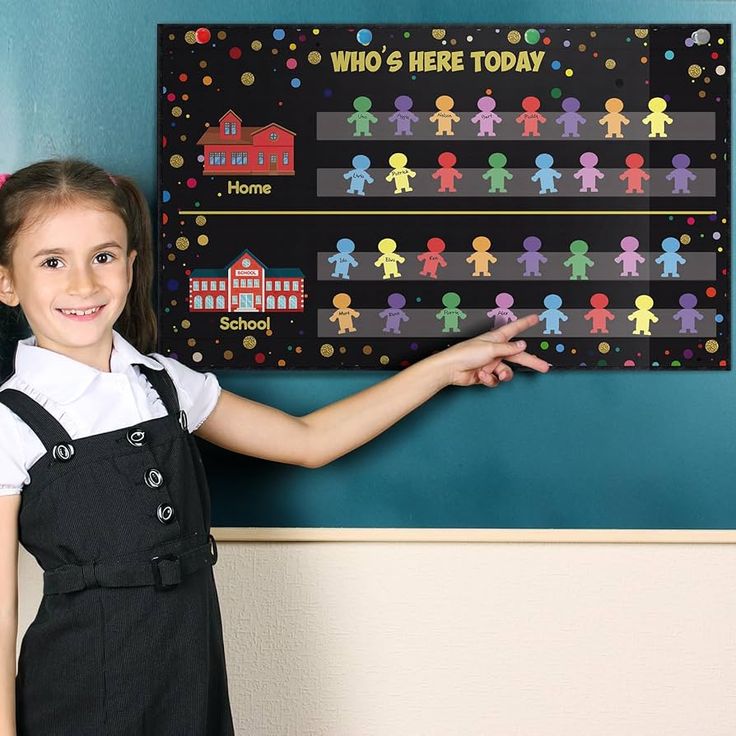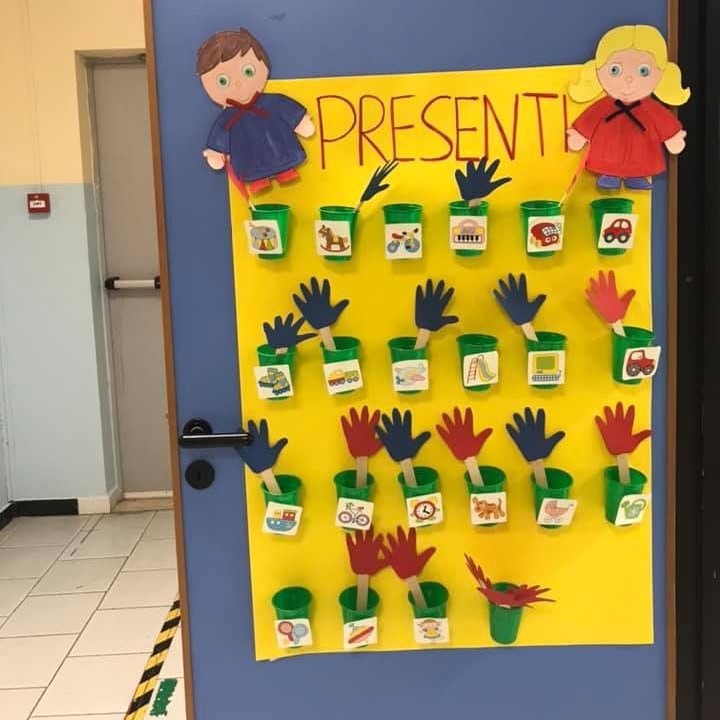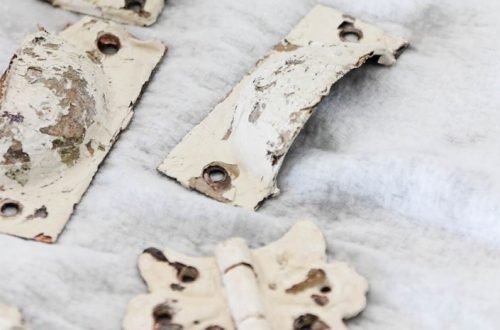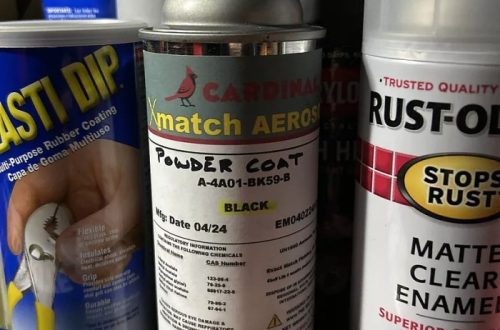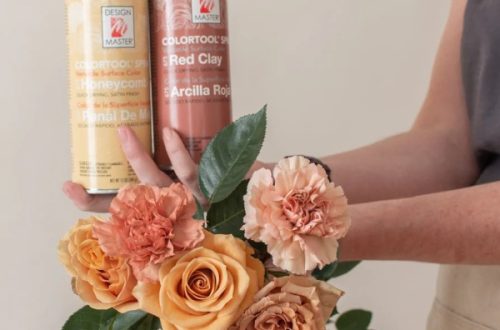The Importance of Classroom Decoration
Classroom decoration plays a vital role in shaping the learning environment. Decor such as handmade charts can excite students’ senses, providing visual stimuli that can make lessons more engaging and easier to understand.
Impact on Learning Environment
Educational research shows that a well-decorated classroom can positively influence students’ behavior and improve their academic performance. Handmade charts for classroom decoration can serve as learning tools themselves. They can break down complex concepts into simple visuals, making it easier for students to grasp the material. Additionally, a bright and well-organized classroom can reduce anxiety and foster a spirit of curiosity.
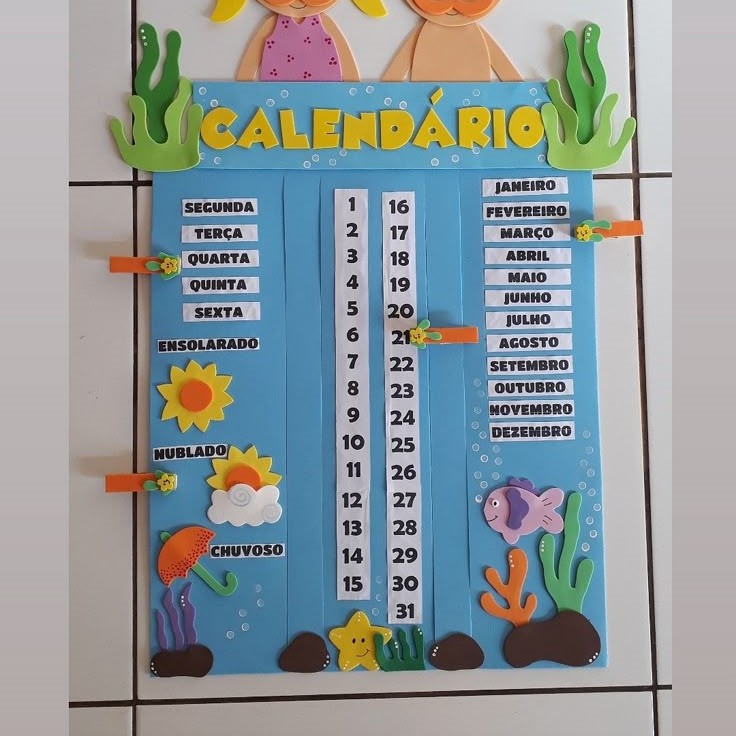
Encouraging Student Engagement
Engaging students is a challenge every teacher faces. Handmade charts provide an opportunity for teachers to create content that directly appeals to their students’ interests. By involving students in the decoration process, they feel a sense of ownership and are more likely to engage with the content. Moreover, the use of vibrant colors and creative designs in charts can make learning more fun, which is inherently motivating for students.
Starting with a Plan
Before diving into creating handmade charts for classroom decoration, it’s critical to start with a detailed plan. This planning phase sets the stage for success and ensures that each chart serves its intended purpose effectively.
Theme Selection
Choosing a theme is the first step in the planning process. Select a theme aligned with the curriculum or a topic that resonates with your students. Themes such as nature, space, historical events, or literary characters can make the charts more relevant and engaging. Remember, the theme sets the tone for the charts and can be a fun way to spark students’ interest in the subject matter.
Space Assessment
After selecting a theme, evaluate the classroom space. Consider the size of the walls, the location of windows, and the overall layout. Space assessment helps in determining the number of charts needed and their sizes. It’s important to ensure the handmade charts are visible without overcrowding the room. Adequate space planning optimizes the decoration’s impact and maintains a balance between aesthetics and functionality. For example, a large wall might accommodate a central, feature chart, while smaller areas can feature supporting charts that accentuate the main theme.
Essential Supplies for Handmade Charts
When preparing to make handmade charts for classroom decoration, gathering the right supplies is crucial.
Choosing the Right Materials
Selecting the correct materials is a key step in creating durable and visually appealing charts. Start with sturdy poster paper or cardstock as your base. These materials are thick enough to hold up to glue and other materials you might add. For the text and images, use markers, colored pencils, or paint, which provide vibrant colors and readability. Consider the theme and purpose of your chart when picking colors; for example, softer colors might be best for charts intended to calm, while brighter colors can stimulate and engage.
Tools and Accessories You’ll Need
In addition to your basic materials, you’ll need tools and accessories to bring your charts to life. Scissors are essential for cutting shapes and borders, while glue sticks or double-sided tape ensure that your decorations stay in place. To add detail, rulers and stencils are useful for making straight lines and neat shapes. Finally, consider decorative elements like stickers, ribbons, or fabric pieces to make your handmade charts stand out. These supplies, when used thoughtfully, will help you create effective and attractive handmade charts that enhance the learning environment of your classroom.
Step-by-Step Guide to Creating Your Chart
Crafting handmade charts for classroom decoration requires attention to detail and a bit of creativity. Here is a guide to help you through the process, ensuring you end up with an effective and engaging educational tool.
Designing Your Layout
Begin with a rough sketch of your chart’s design. This draft helps you visualize the final product and plan space for all elements. Start by outlining the main sections your chart will feature and make sure there is a logical flow to the information. Balance is key; avoid clutter by leaving enough white space. Remember to consider where the chart will hang in the classroom, and ensure the layout is visible from a distance to all students.
When planning your layout, keep the chart’s goal in mind. If you aim to simplify a complex topic, organize your layout to break it down into understandable parts. For interactive charts, leave space where students can add content or move pieces around. Always align with the selected theme to maintain a cohesive look throughout the classroom.
Adding Text and Images
Text on your handmade chart should be clear, readable, and in a large enough font that students can easily see it from their seats. Use bullet points, numbered lists, or short phrases to communicate information concisely. When selecting fonts, opt for ones that are simple and legible – fancy fonts may look attractive but can be difficult to read from a distance.
Images are a crucial component of your chart; they can illustrate concepts and add visual interest. Use colors and shapes thoughtfully to enhance learning, not distract from it. Clipart, drawings, or photos can all be effective, depending on your theme and the age of the students. Make sure images are relevant and support the text on the chart, reinforcing the lesson being taught.
This step-by-step guide ensures your handmade charts for classroom decoration not only look appealing but also contribute meaningfully to the educational environment.
Innovative Ideas for Handmade Charts
Creativity is key when designing handmade charts for classroom decoration. Think outside the traditional poster format to create interactive and visually appealing charts.
Interactive and Educational Charts
Interactive charts are powerful tools for learning. Consider designing charts with parts that move or areas where students can write and draw. Use Velcro for pieces that can be rearranged or pockets to insert questions and answers. This hands-on approach promotes active learning and can help reinforce lessons in a memorable way.
For educational charts, integrate quizzes, maps with pins to track geographical knowledge, or timelines where students can add events. Such activities encourage participation and can make information stick.
Fun and Inspirational Chart Designs
Handmade charts should also inspire and delight. Create charts with motivational quotes in bright, cheerful colors. Design charts that represent a growth mindset, showing that effort can lead to improvement over time. Use themes from popular books or movies to capture students’ interests and relate them to the subject matter. Funny illustrations or puns related to the lesson can make the charts more engaging.
Remember to refresh your charts regularly to keep the classroom environment dynamic and exciting. With these inventive ideas, your handmade charts for classroom decoration will not only beautify your class but also enrich the learning experience.
Tips for Longevity and Maintenance
Maintaining handmade charts for classroom decoration is key to ensuring they last. Proper care and protection can extend the life of these educational tools.
Laminating and Protecting Your Charts
To protect your handmade charts from wear and tear, consider laminating them. Lamination shields the charts from spills, smudges, and fading colors. It also makes them sturdier and tear-resistant. You can hand laminate using sheets and a home laminator or have them professionally done. For extra protection, place charts out of direct sunlight and away from high-touch areas.
Another way to preserve your charts is by using clear contact paper. This method is less expensive than lamination and can protect your charts from dust and moisture. Simply cut the contact paper to size, peel the backing, and carefully cover both sides of your chart for a protective seal.
Reusability and Storage Solutions
To make the most of your handmade charts for classroom decoration, design them with reusability in mind. Use dry-erase pockets or sleeves for charts that you plan to reuse. This allows you to change the content without creating a new chart each time.
For storing your charts, keep them flat in a portfolio or a large binder. Rolling them up in tubes can also save space and prevent creases. Label each storage container for easy identification. When storing, choose a dry, cool place to avoid any damage from heat or humidity.
With these tips, your handmade charts will maintain their vibrant colors and structural integrity, serving as lasting resources in your classroom.
Incorporating Student Work into Charts
Incorporating student work into handmade charts for classroom decoration adds a personal touch. It allows students to see their contributions come to life on the classroom walls.
Showcasing Creativity and Ownership
To foster a sense of creativity and ownership, display student-created art or answers on the charts. You could allocate a section on the chart for student drawings that relate to the theme. For example, in a chart about ecosystems, students could add their illustrations of different animals. This practice not only showcases their work but also reinforces the lesson.
Incorporate small pockets on the charts where students can slip in their written work or observations. This method works well for charts that track progress or display class achievements. Rotate the showcased work regularly to give all students the chance to shine.
Involving Students in the Decoration Process
Involving students in the decoration process fosters engagement. It can be a simple act such as asking them to suggest ideas for new charts. Hold a brainstorming session where students discuss what they’d like to see on the walls of their classroom.
During art class, dedicate time to creating elements for the charts. You can guide students as they contribute, making sure they use the right materials and follow the theme. Give them responsibilities, like helping to laminate the finished charts or placing them on the walls. Tasks like these encourage teamwork and give students a sense of pride in their classroom’s appearance.
By incorporating student work, your handmade charts for classroom decoration become more than just visual aids. They turn into a collective masterpiece that represents the students’ learning journey.
Beyond the Basics: Advanced Decoration Techniques
To take your classroom decoration to the next level, advanced techniques can be applied. These methods can add an element of surprise and innovation, making the learning space more interactive and engaging.
Using Technology and Multimedia
Incorporate technology to create dynamic charts. Use QR codes that link to educational videos or interactive websites. These codes can be scanned with a tablet or smartphone, allowing students to explore more information on the subject. Projectors can display digital charts onto a wall or whiteboard, which can be updated with new content regularly, keeping the decoration fresh.
Consider integrating audio elements. Sound clips related to the chart’s topic can provide an audible learning experience. For example, a chart about animal habitats could include the sounds of different animals. Multimedia elements catch students’ attention and cater to different learning styles.
Thematic 3D Charts and Installations
Create 3D charts to make topics pop. Use materials like foam, cardboard, or fabric to build models that stand out from the wall. For a solar system chart, planets could be made from different-sized spheres. This 3D approach makes the representation more tangible and memorable.
Install thematic decorations around the classroom to immerse students in the topic fully. For a rainforest theme, hang vines and leaves from the ceiling and place animal figures around the room. Such installations make the theme an all-encompassing experience, not just a visual aid on the wall.
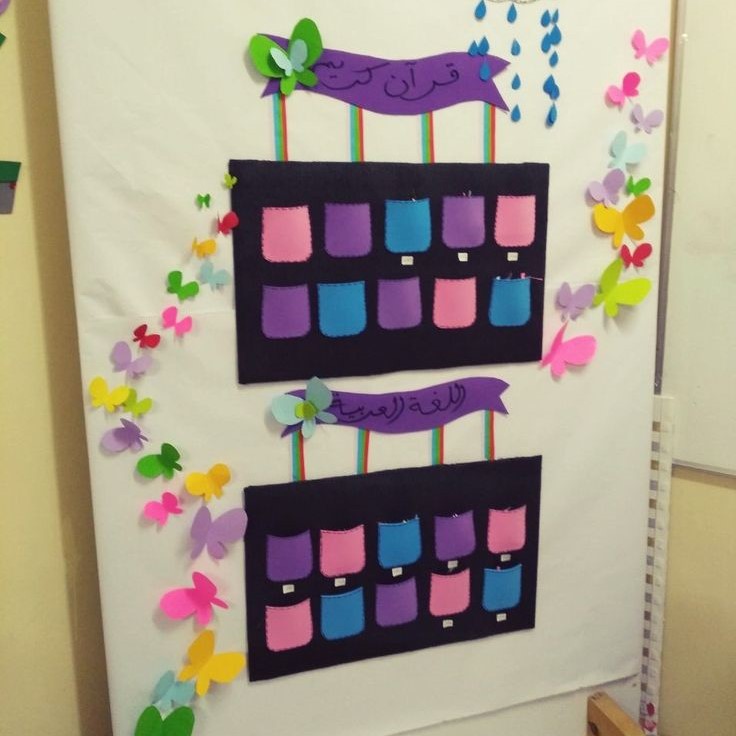
Advanced decoration techniques such as using technology, multimedia, and 3D installations enrich the environment and make handmade charts for classroom decoration more than just teaching tools; they become interactive learning experiences.
Conclusion: The Value of Handmade Charts
In conclusion, crafting unique handmade charts for classroom decoration is an enriching endeavor that benefits both educators and students alike. These personalized charts enhance the learning environment, promote engagement, and offer valuable educational resources. Not only do they beautify the classroom, but they also provide a platform for creativity and collaboration among students.
By following the tips provided in this guide, you can successfully create informative and visually appealing charts that contribute meaningfully to your teaching practices. Embrace the opportunity to express your creativity and help students learn through unique handmade charts that foster a love for knowledge! So gather your materials and begin crafting your charts for an inspiring classroom today!
